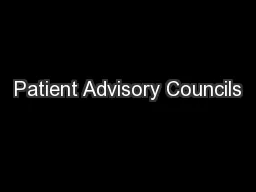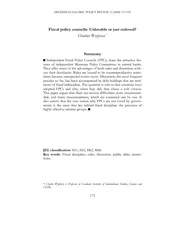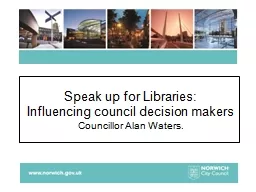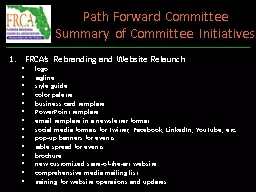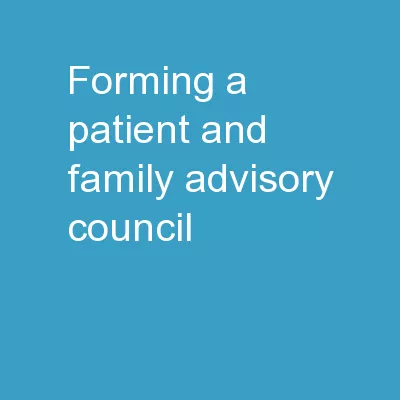PPT-Patient Advisory Councils
Author : ellena-manuel | Published Date : 2017-03-16
Words of Wisdom from Physicians and Practice Coaches in Urban and Rural Primary Care Emilie Buscaj MPH PCMH CCE Patient Centered Medical Home Recognition Manager
Presentation Embed Code
Download Presentation
Download Presentation The PPT/PDF document "Patient Advisory Councils" is the property of its rightful owner. Permission is granted to download and print the materials on this website for personal, non-commercial use only, and to display it on your personal computer provided you do not modify the materials and that you retain all copyright notices contained in the materials. By downloading content from our website, you accept the terms of this agreement.
Patient Advisory Councils: Transcript
Download Rules Of Document
"Patient Advisory Councils"The content belongs to its owner. You may download and print it for personal use, without modification, and keep all copyright notices. By downloading, you agree to these terms.
Related Documents

